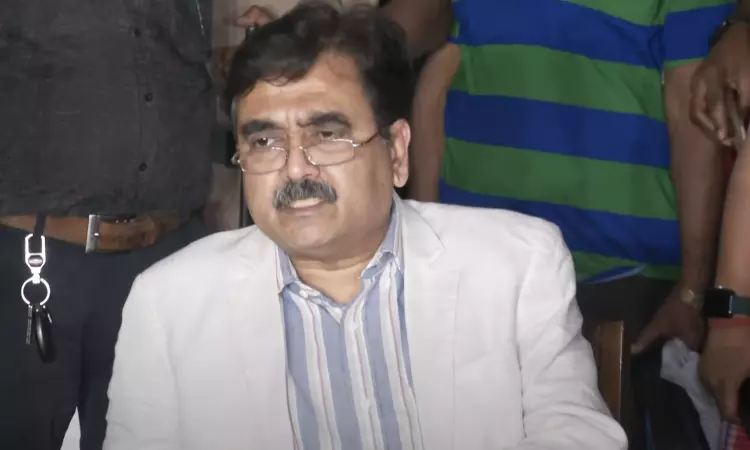Next Story
30 March 2024 11:37 AM IST
A judge may deal with politics, for the very Constitution is a political document. Sacrosanct as it is, it does engender many a political battle to be fought in a constitutional court's arena. But that judge dealing in politics! It had never been in the constitution makers' contemplation, perhaps. That happening—and, indeed, happening too frequently to anyone's comfort—imperils...

